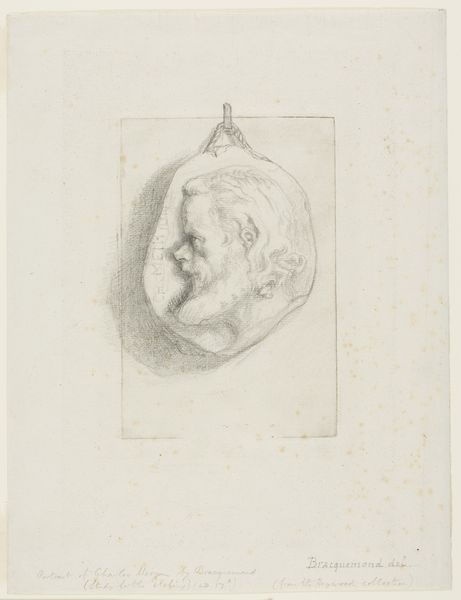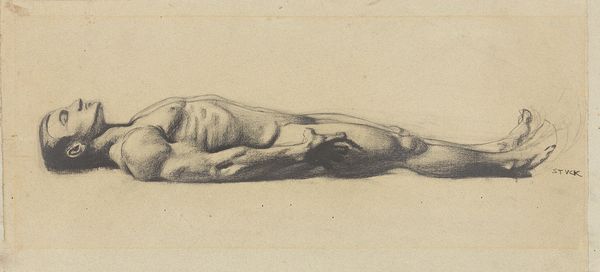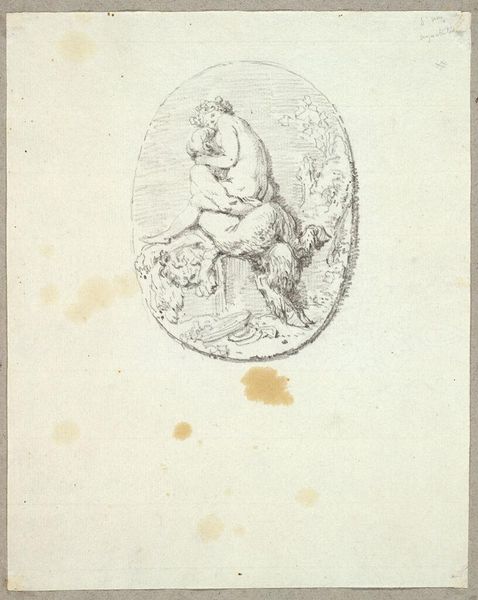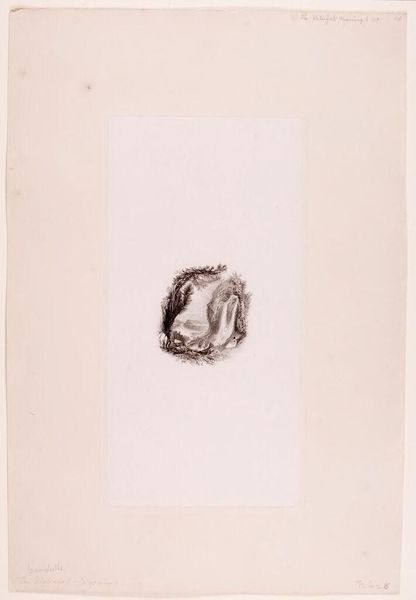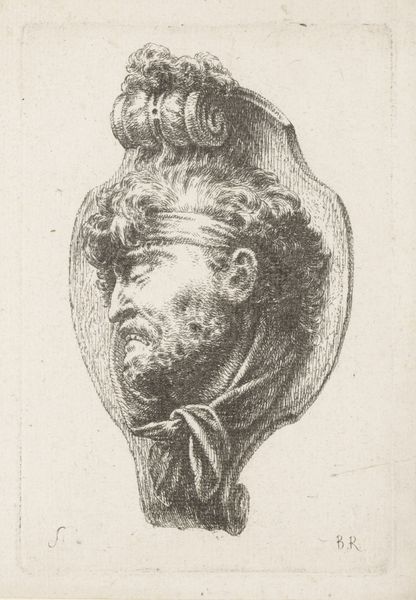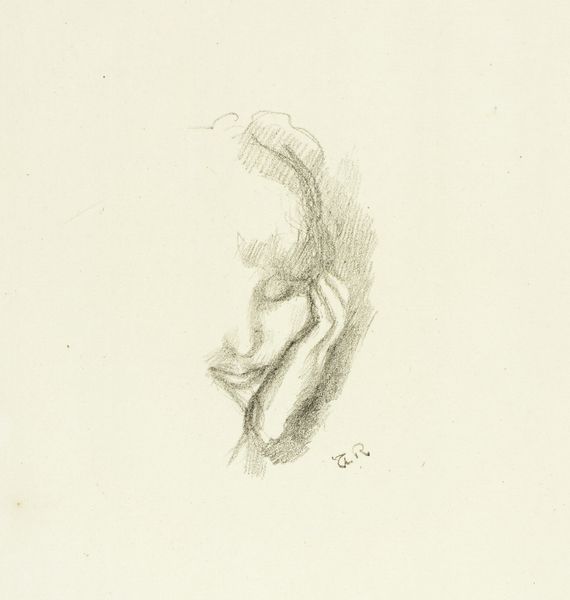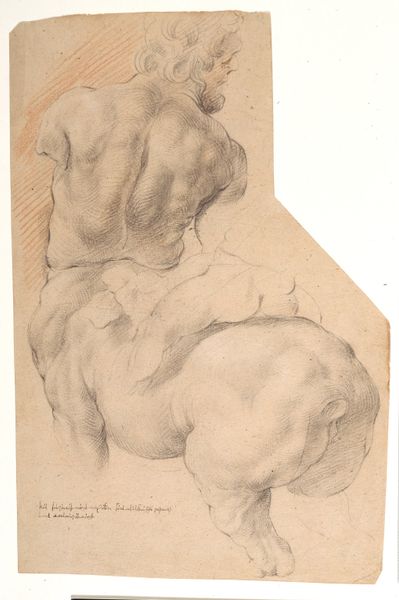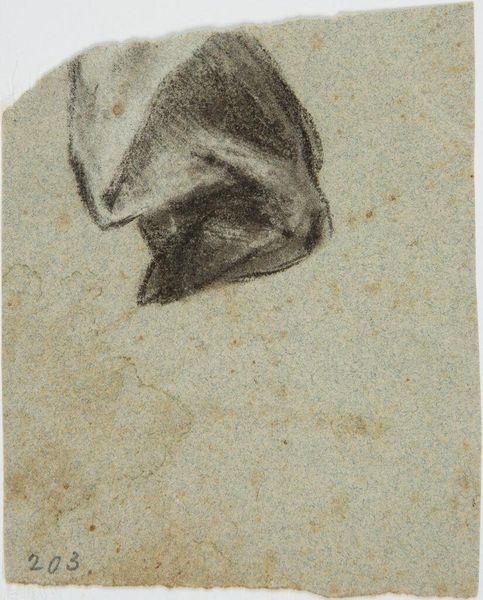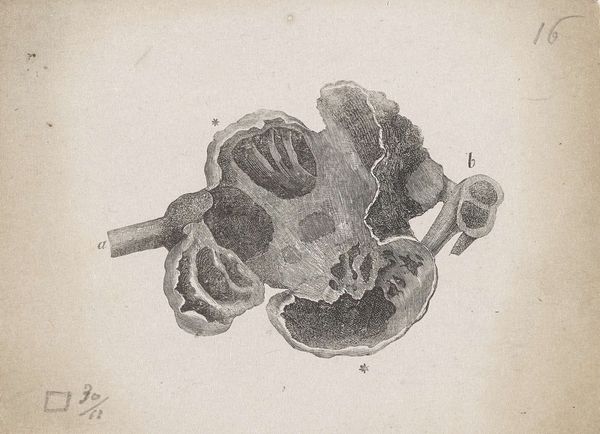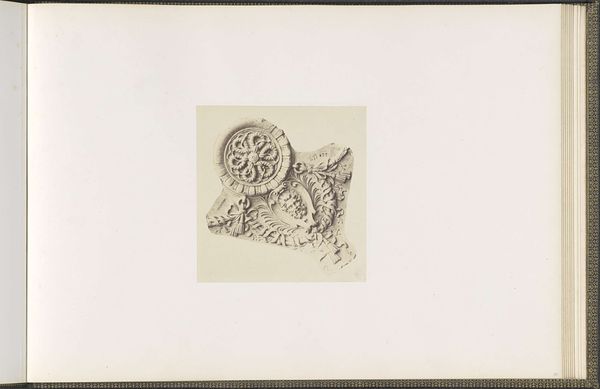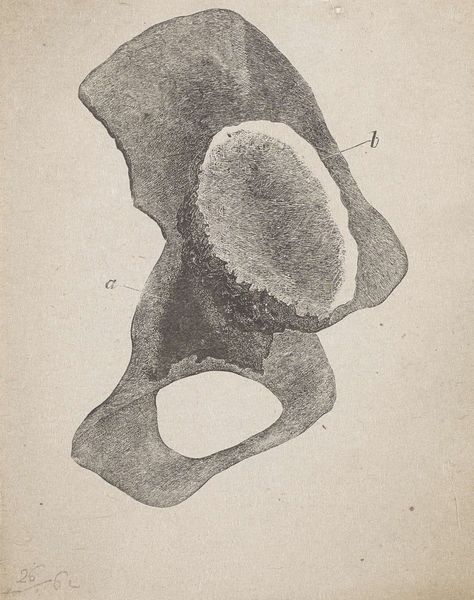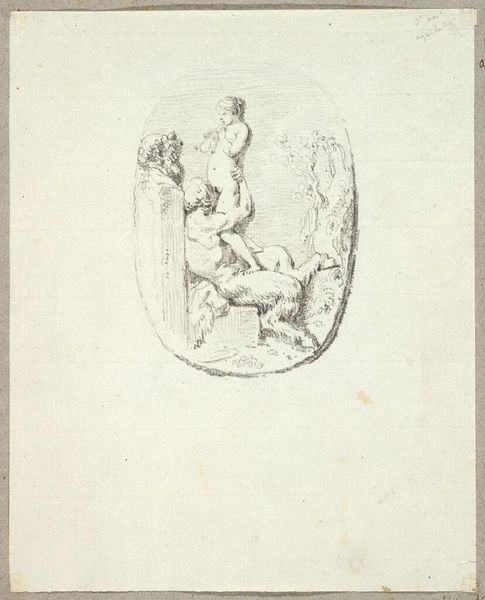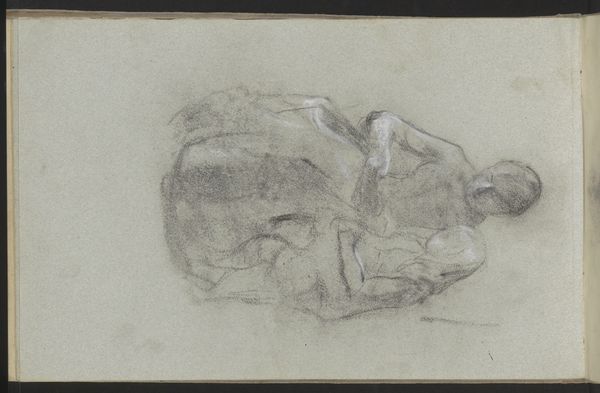
drawing, pencil, graphite
#
portrait
#
pencil drawn
#
drawing
#
pencil sketch
#
figuration
#
pencil drawing
#
romanticism
#
pencil
#
line
#
graphite
Copyright: Rijks Museum: Open Domain
Eugène Delacroix made this study of a horse's head in the 19th century with graphite on paper. The work can be seen as a product of its time, reflecting the Romantic movement's fascination with the power and beauty of the natural world. Delacroix, working in France, was part of a generation of artists who saw themselves as challenging the academic traditions of the art establishment. While the horse itself is an object of beauty, we might also consider its symbolic meaning within the context of 19th-century French society. Horses were associated with wealth, power, and military might. Was Delacroix commenting on these social structures? Was he glorifying them or critiquing them? To understand this work more fully, we can consult historical sources, such as letters, diaries, and critical reviews. Only by understanding the artwork's historical context can we begin to grasp its full meaning and significance.
Comments
No comments
Be the first to comment and join the conversation on the ultimate creative platform.
